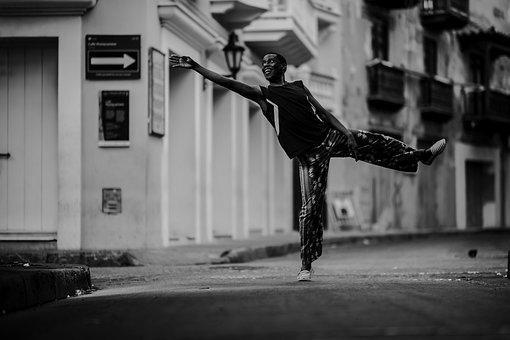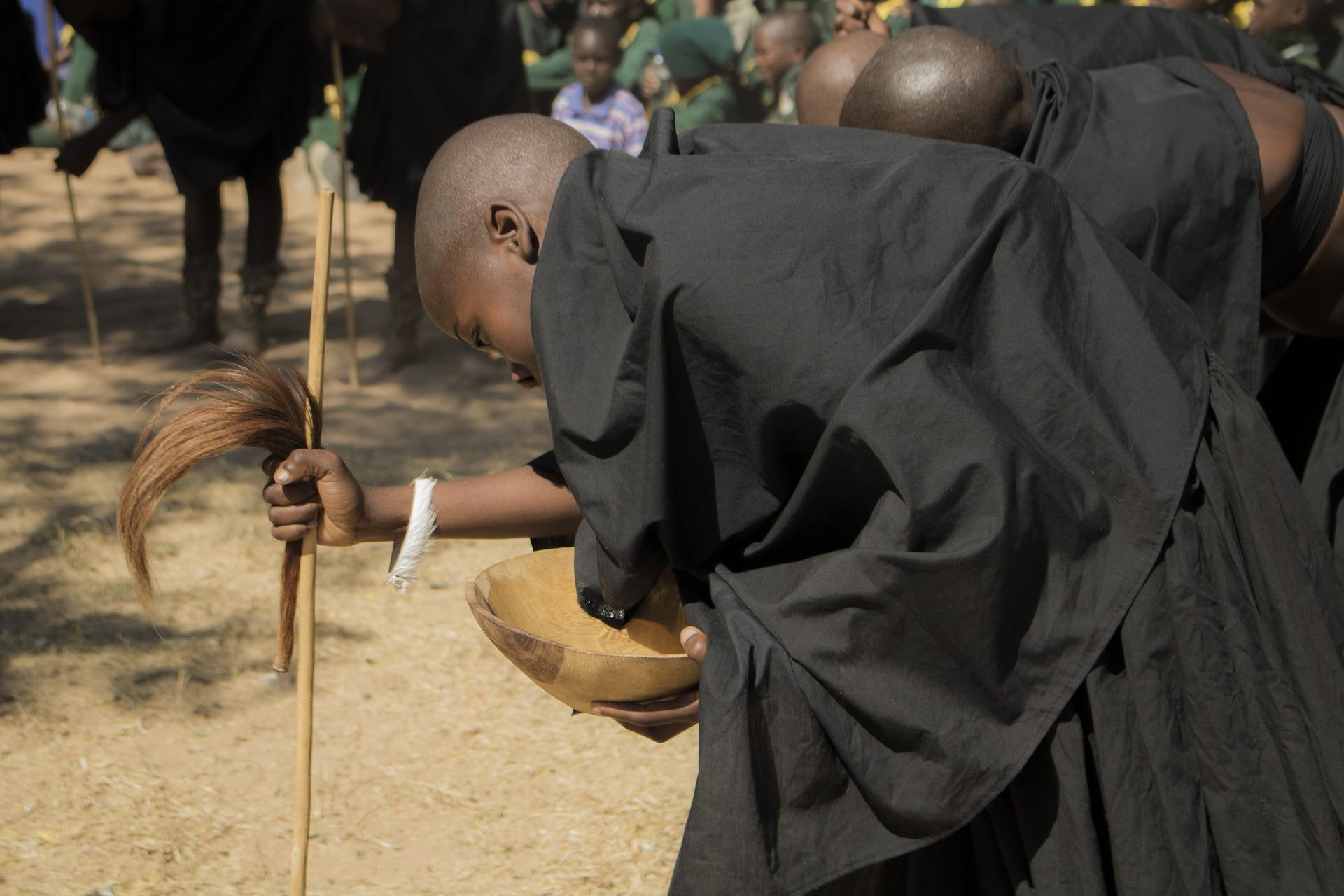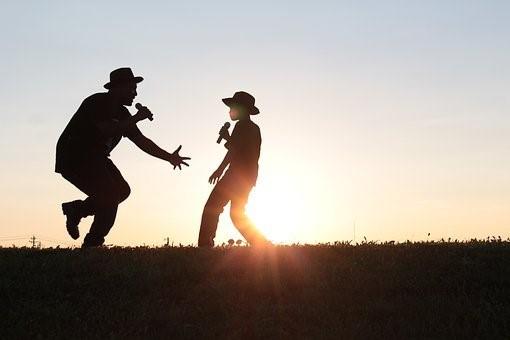Music and dance are just as important aspects of daily life throughout many traditional societies as eating and breathing.
Like in other areas around the world, ritual dancing in Africa conveys a message. It tells a story, emotes, commemorates milestones, and brings communities together.
Dance has a wide variety of intricate social functions in the societies of Africa.
Each act during an indigenous dancing tradition typically serves a primary goal and several other auxiliary ones, many of which will represent or mirror the inhabitants' societal values and interpersonal interactions.
Hence, it is essential to determine the objective for which every dance is conducted to separate the range of African dance styles.
Without further ado, let's discuss where and how the concept of African dancing emerged.

What Exactly Is African Dance Style?

When the drums begin to play, you should begin to move. But the excitement and keeping up with the beat isn't enough.
You must be conscious of your standing in society, follow the proper protocol, and dress appropriately. African dancing contains several culturally significant elements.
African dance is a performative art style that is present in the majority of Sub-Saharan African cultures.
It still exists today and entails musical accompaniment, rhythmic body gestures, and occasionally theatrical performances. African dancing style has as many variations since there are ethnic groupings.
Dance is an essential component of cultural diversity and a significant activity with numerous social benefits.
Dances are indispensable in imparting traditions and knowledge: festivals, religious rituals, weddings, funerals, and nearly every other social event feature dancing.
The dancer develops into a contributing community member rather than merely a performer. While dancing, local storytellers, educators, healers, and regular people assume specific roles.
You can get to know more adult dance classes near me here.
What Purpose Do Many African Dances Have In The Community?
Some dances aid in defining social roles for specific individuals. The event marking a man's awakening of age in Kenya includes the Dance of Maasai Adumu.
Every young man competes with the other by attempting to hop higher.
The most outstanding performers are regarded as conquerors in society and are given preference when selecting their respective spouses.
Conventional concerns like rain, fertility, rain, or bountiful harvests might be the subject of dances. They may also be motivated by current problems like racism, prejudice, or political or social demands.
The West African dance of Kakilambe (for fertility) is one illustration. It is also considered one of the most popular dances in West Africa.
The South African gumboot dance is another example of African Dance. Miners developed it during the Apartheid era when they were prohibited from playing or listening to music.
The miners subsequently made rhythmic beats with their boots.
Superprof provides a wide variety of sessions with different highly-qualified and skilled dancing instructors to teach the different types of African dances.
How Did Afro-American Dance Originate?
All African dance moves have a unique history intimately connected to the beliefs and culture of the community that developed it.
Although the origin of dances is unknown, they have long been an integral part of African culture.

Younger generations receive dances from older ones. The kids learn the gestures, many of which have their origins in long-gone forebears.
Many performances have persisted for decades because there is typically no room for innovation.
South America and the Caribbean are regions with particularly pronounced effects. African rhythms spread from Africa to The Americas, primarily due to Africans being transported as enslaved people.
Many different beats have African roots, including Afro-Cuban jazz, salsa, Brazilian samba, Venezuelan drums, Colombian cumbia, and many more.
Classical dances are still performed today because they have a deep connection to national heritage and because doing so helps conserve cultural heritage.
Numerous schools instruct in indigenous African rhythms, even among the groups of Americans and Europeans descended from Africans.
Head over to Superprof now to learn more about the importance of African dance. Also, if you want to learn an African dance workout, Superprof instructors can guide you further.
Their well-qualified and educated dance instructors would teach you how to move your body to the rhythm in their African dance classes and guide you regarding each dance's value in the Afro culture.
| Name of the Dance | Origin | Description |
|---|---|---|
| Kpanlogo | Accra | A very well-liked kind of dancing originated in Accra for the highlife, the nation's capital, and has since spread throughout the country. |
| Eskista | Ethiopia | The shoulder blades are rolled, the shoulders are bounced, and the chest is contracted throughout the dance. It is among Ethiopia's most complicated classical dance forms, given its technical character. |
| Atilogwu | Nigeria | Sometimes referred to as the acrobatic dance is a dance of precise footwork, leaps, spins, and jumps. Typically, the dance is performed on noteworthy occasions and celebrations. |
| Indlamu Aduma | Kenya | This dance is performed by ladies who have faced significant adversity. The woman enters the Dance dressed in shabby, worn-out attire. She makes many rounds of the community while dancing and singing, backed by musicians. |

What Are Some Of The Characteristics Of African Dance?
Irrespective of the location or period, every African tribal performance dance has essential denominators and themes. Some examples of these qualities are:
- Polyrhythm and polycentrism: Polyrhythm, which would be the synchronous merging of two or even more different rhythms, is significant in African music and Dance.
- African Dance is now almost universally presented in either spherical or linear patterns. Cultural African Dance rarely included gendered or coupled dances. Coupled dances could be a sign of European influence. Dancers of different sexes typically move in a group or form a sphere when they dance together. They frequently dance in quite diverse styles as well.
- Full-body manifestations: African Dance is generally characterized by significant hip and shoulder movement and is classified as earth-oriented or earthy. (For example, ballet rises upward in marked contradiction).
- Highly spiritual influence: African dances frequently ascend into altered consciousness and contact with ancestors.
What Are Some Famous African Dances?

Several popular dances are native to Africa, such as:
- Stilt Dances
When performing stilt dances, performers are raised on stilts and might even don outlandish costumes.
- Masquerade Dances
African masquerade dances are pretty distinct from the well-renowned masquerade dances of the Europeans. African disguised dances serve a variety of functions, including mythology retelling.
Masks are primarily used to represent gods, ancestors, and animals. Some disguised dancers will merely perform for amusement while taking on a variety of personas.
- Military/War Dance
Typically conducted by men, such dances frequently highlight a dancer's agility and stamina.
- Commencing-Of-Age Dances
Dances that symbolize and convey life transitions, including the passage from adolescence to maturity, are known as coming-of-age performances.
- Rain and Harvest Dances
Dances celebrating and showing gratitude for the soil include rain and harvest dances, frequently promoting a successful crop or nutritious rain.
- Storytelling Dances
Dances that tell mythologies or stories can be conveyed through the Dance of storytelling. They frequently have a more dramatic element and usually include singing with dancing.
Funeral dances: In remembrance of the person who has passed away, dance rituals could be performed at funerals to commemorate the deceased.
- Occupational Dances
Music and Dance associated with one's field of work are typical across the region and represent the activities involved in a person's line of work.
- Social or Political Issues
African dances can also embody or shed light on social or contemporary issues.
Recreational and social dances: A recreational and social dance is one that is performed only for the sake of socializing with others.
This style of African dance, complemented by Pop music, can be observed in various settings, including clubs and homes.
- Spiritual and Therapeutic Dances
Across many different parts of Africa, dances are utilized to promote health.
They have historically been practiced to purify, but they're also utilized to support people individually or as a group in navigating challenging emotions.
Why Should You Learn African Dance?
African Dance displays sensations that are similar to those expressed in social communication or worship, including
- Supplication
- Intense feelings in relationships
- Transformation
In order to assist people in growing up and celebrating, it also conveys qualities, morals, and even social graces lessons.
The significance of dance can be attributed to various factors.
It is no less than an experience that elevates us from the concrete to the ethereal and only provides us with a means of self-expression in the absence of words.
We are able to experience the joy of a freshly found love, comfort in the midst of extreme suffering or difficulties, the energizing flame of our youth, and the tranquility of our kinder and more forgiving years.
Movements in African dance represent cultural norms and values and are referred to as social or cultural Dance.
Each culture dance has its narrative that expresses particular beliefs and morals and goes beyond learning various techniques.
One culture can share or explain its style of living to another by using the movement and rhythmic motion of one's body to create a narrative. Thus, it is recommended to look for African dance classes for adults.
Learn African Dancing With Superprof!
If you've been searching for African dance classes near me to use your body for communication or any other higher purpose, get in contact with Superprof.
Superprof offers a wide variety of African dance classes and one-on-one sessions to tend to each person's needs and requirements. We provide African dance online as well.















